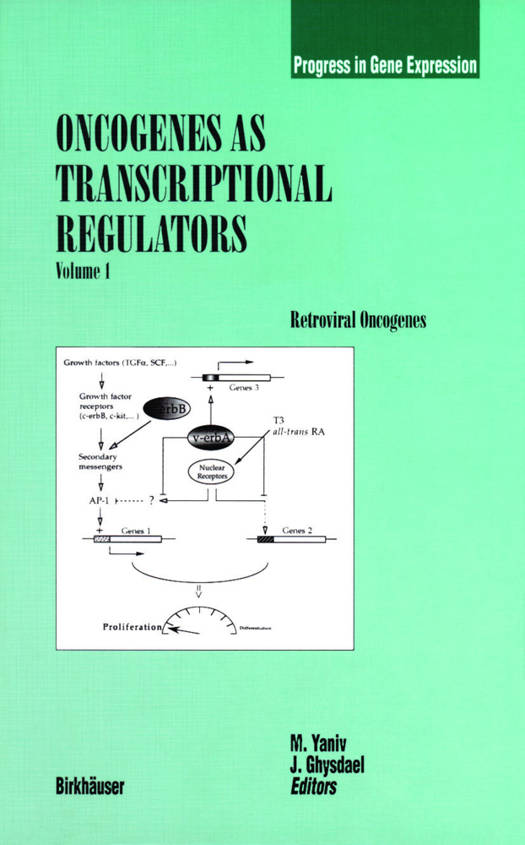
Je cadeautjes zeker op tijd in huis hebben voor de feestdagen? Kom langs in onze winkels en vind het perfecte geschenk!
- Afhalen na 1 uur in een winkel met voorraad
- Gratis thuislevering in België vanaf € 30
- Ruim aanbod met 7 miljoen producten
Je cadeautjes zeker op tijd in huis hebben voor de feestdagen? Kom langs in onze winkels en vind het perfecte geschenk!
- Afhalen na 1 uur in een winkel met voorraad
- Gratis thuislevering in België vanaf € 30
- Ruim aanbod met 7 miljoen producten
Zoeken
Oncogenes as Transcriptional Regulators
Retroviral Oncogenes
€ 100,95
+ 201 punten
Omschrijving
The intensive study of molecular events leading to cellular transformation in tissue culture or in intact organisms culminated in the identification of 100 or more genes that can be defined as oncogenes or tumor suppressor genes. Functionally, these genes can be divided into several classes, each involved in a different step in transmission of signals from the exterior of the cell to the nucleus. The first oncogenes to be biochemically character- ized included membrane receptors for growth factors, growth factors themselves, protein kinases or small GTP binding proteins involved in signal transduction. Later, the development of techniques to study pro- teins-DNA interaction in eucaryotes and the isolation and characterization of many promoter and enhancer sequences revealed that a number of the classical retroviral oncogenes were indeed transcription factors. In paral- lel, the rapid progress in the identification and cloning of chromosomal translocations in human and animal malignancies and the increased reper- toire of known transcription factors families revealed that many other transcription factors can playa critical role in cancer. A more recent devel- opment concerns tumor suppressor genes. The realization that human tumors are frequently associated with a loss of function of one or several genes is also one of the landmarks of cancer research in the last 15 years. Again, as we will see below, some of these genes encode transcription factors. It is becoming increasingly difficult to cover in a single monograph all oncogenes and tumor suppressor genes.
Specificaties
Betrokkenen
- Uitgeverij:
Inhoud
- Aantal bladzijden:
- 249
- Taal:
- Engels
- Reeks:
Eigenschappen
- Productcode (EAN):
- 9783034898164
- Verschijningsdatum:
- 16/10/2012
- Uitvoering:
- Paperback
- Formaat:
- Trade paperback (VS)
- Afmetingen:
- 156 mm x 234 mm
- Gewicht:
- 381 g

Alleen bij Standaard Boekhandel
+ 201 punten op je klantenkaart van Standaard Boekhandel
Beoordelingen
We publiceren alleen reviews die voldoen aan de voorwaarden voor reviews. Bekijk onze voorwaarden voor reviews.








